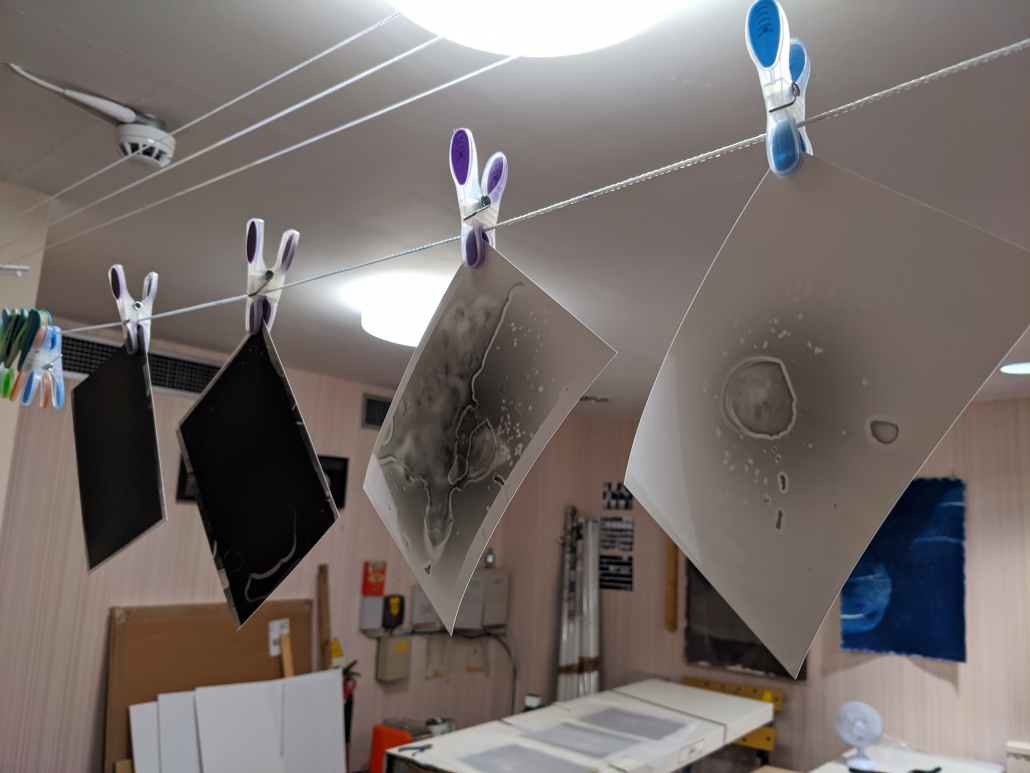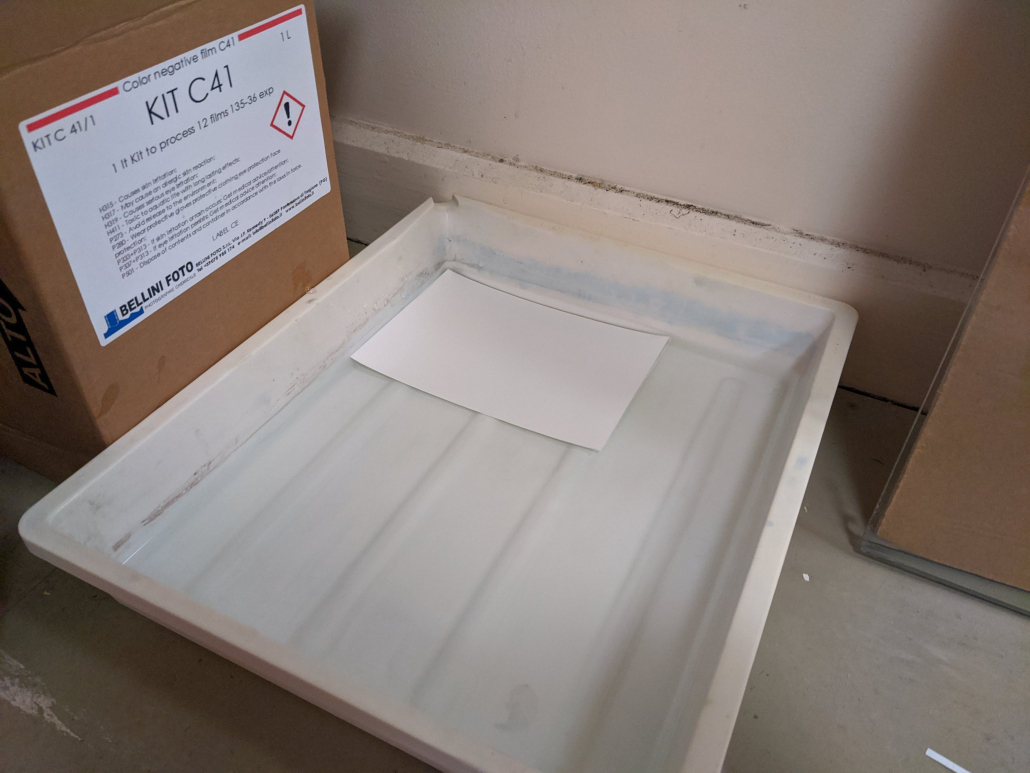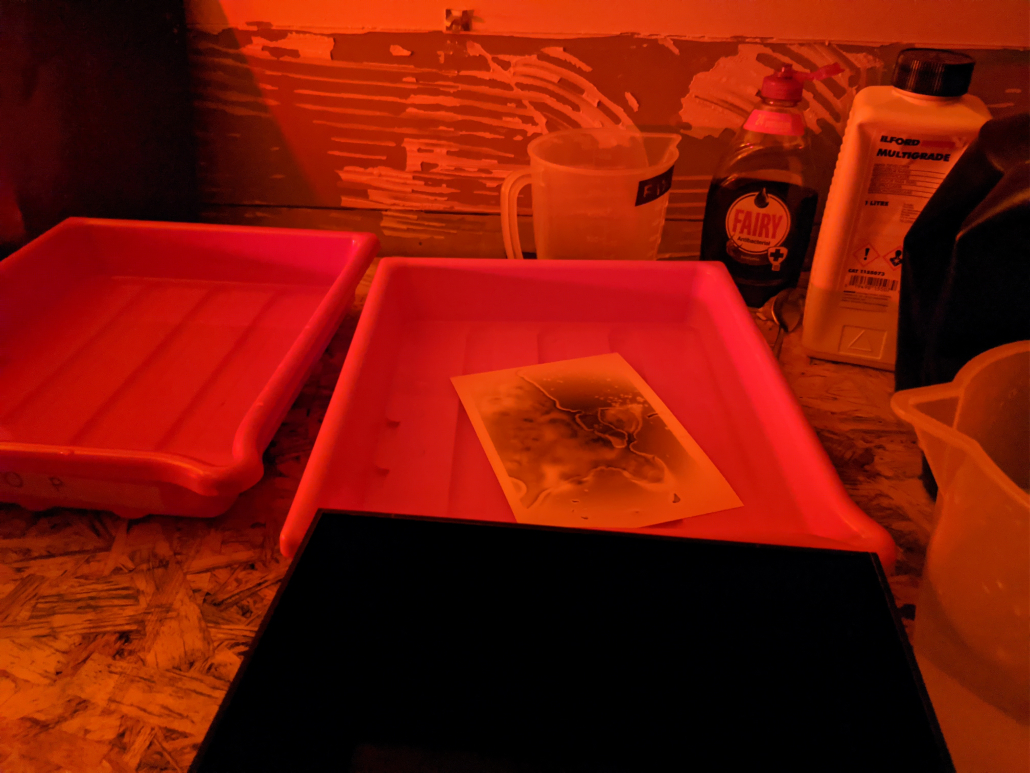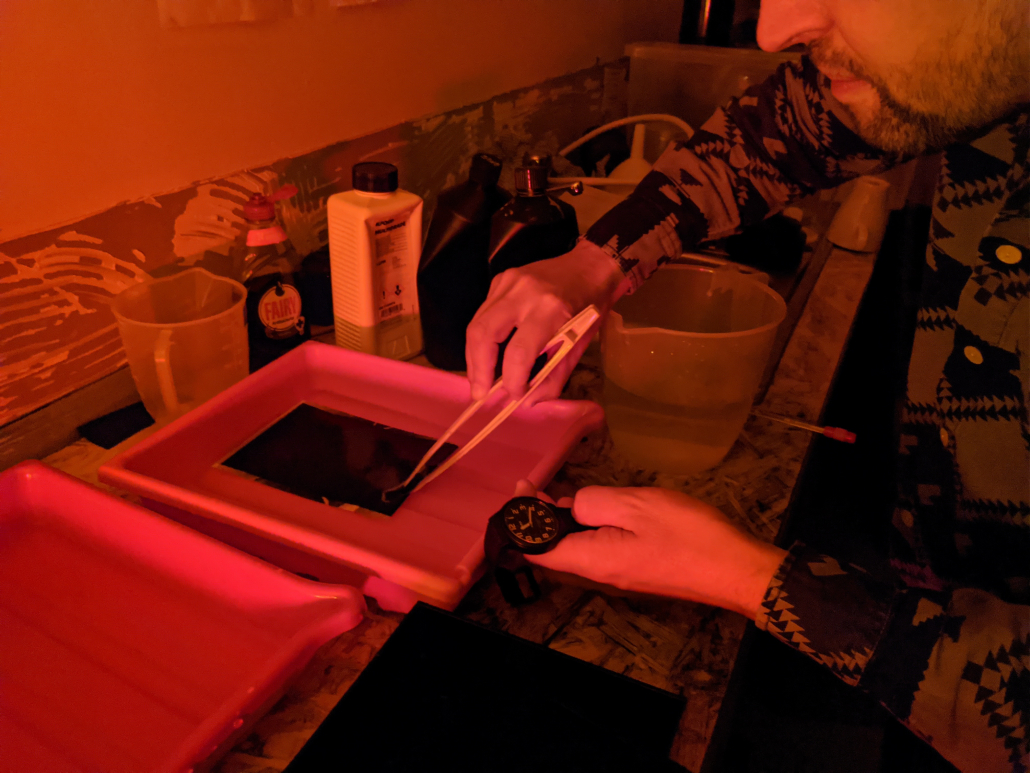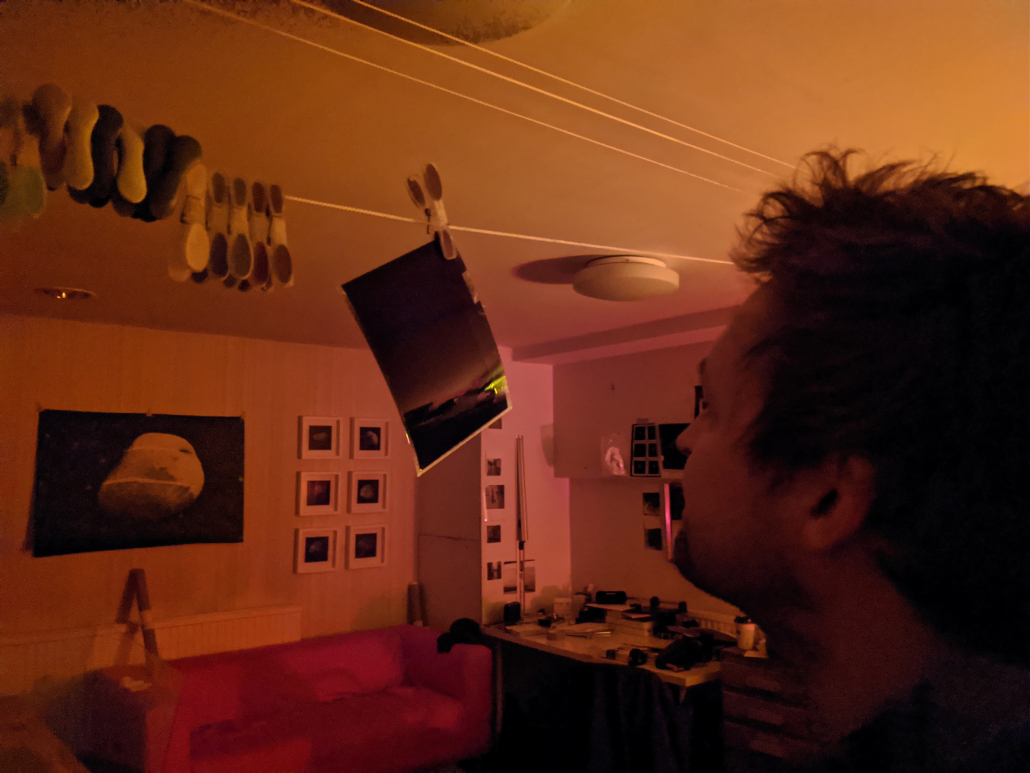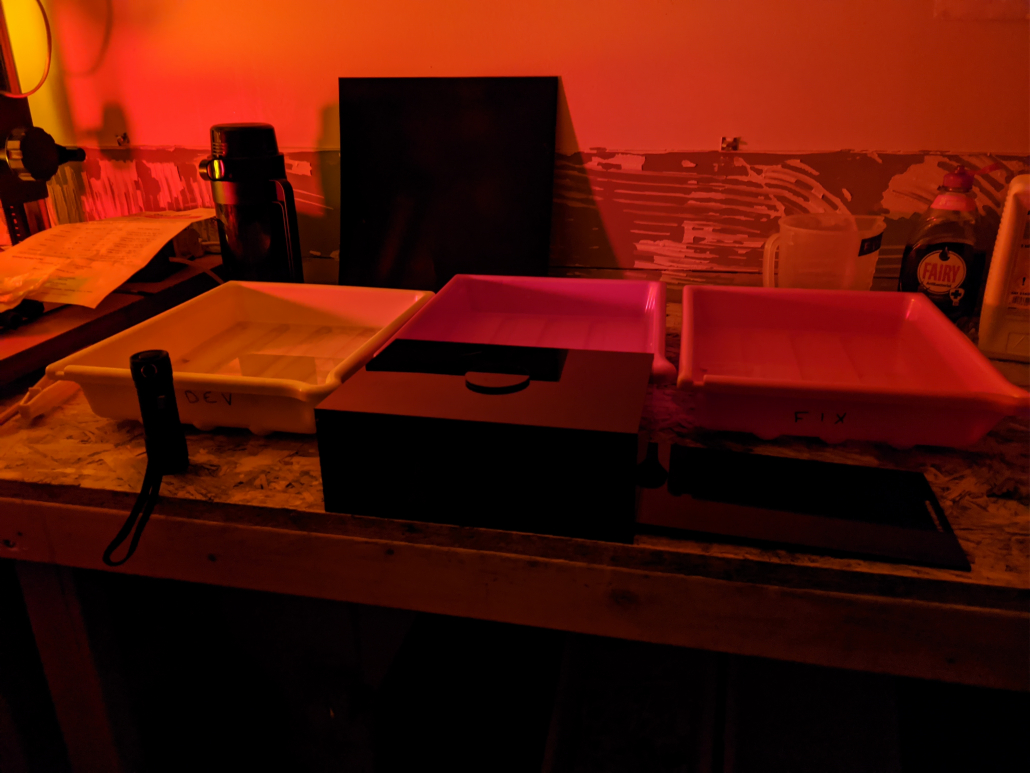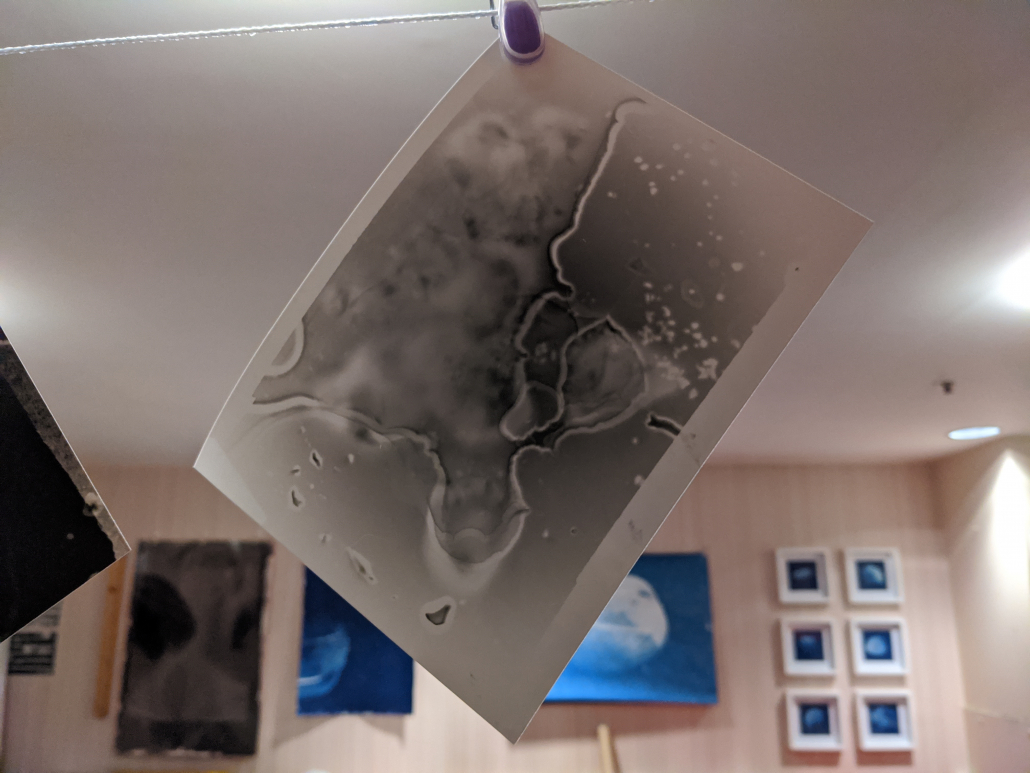First conNecTed device prototypes
Our friends from the Life Science Centre visited us today, and we spent the day hacking with cardboard and servo motors to make these puppets. We’re terribly proud of them.
These are the first three prototypes of the sort of devices we’ll be making with a few hundred families across the North of Tyne region, over the next few years. Keep your eye on the conNecT project page to find out more. We’re heavily in the development phase of the project now, with workshops due to start around Easter time 2020.
We’ve lots of corners to smooth off between now and then. We’ve really struggled today to find servos in our collection which work reliably with 3.3V devices like the Kniwwelino boards we’re wanting to use. Most of our servos didn’t work with Micro:Bits, either. So we’ve some work to do with our supplier on sourcing servos we trust. Or maybe it’s the power supplies… There’s also a tonne of work remaining on the software stack to make all this easier. It does work, but it currently involves more faffing than we think is necessary: we’re planning to build some custom blocks to make puppets easier to control.
We spent much of the day, however, discussing how we want the workshops to run, and how we think families might feel about different parts of it. The project is intended to find a balance point between technology, engineering and design skills. That’s still elusive, but we’re closer to it than we were.
Also, we have flapping birds and a cat which, for much of the day, responded to ‘sad’ by just tipping itself over and refusing to get back up again. So that’s a good day’s work, we think.


